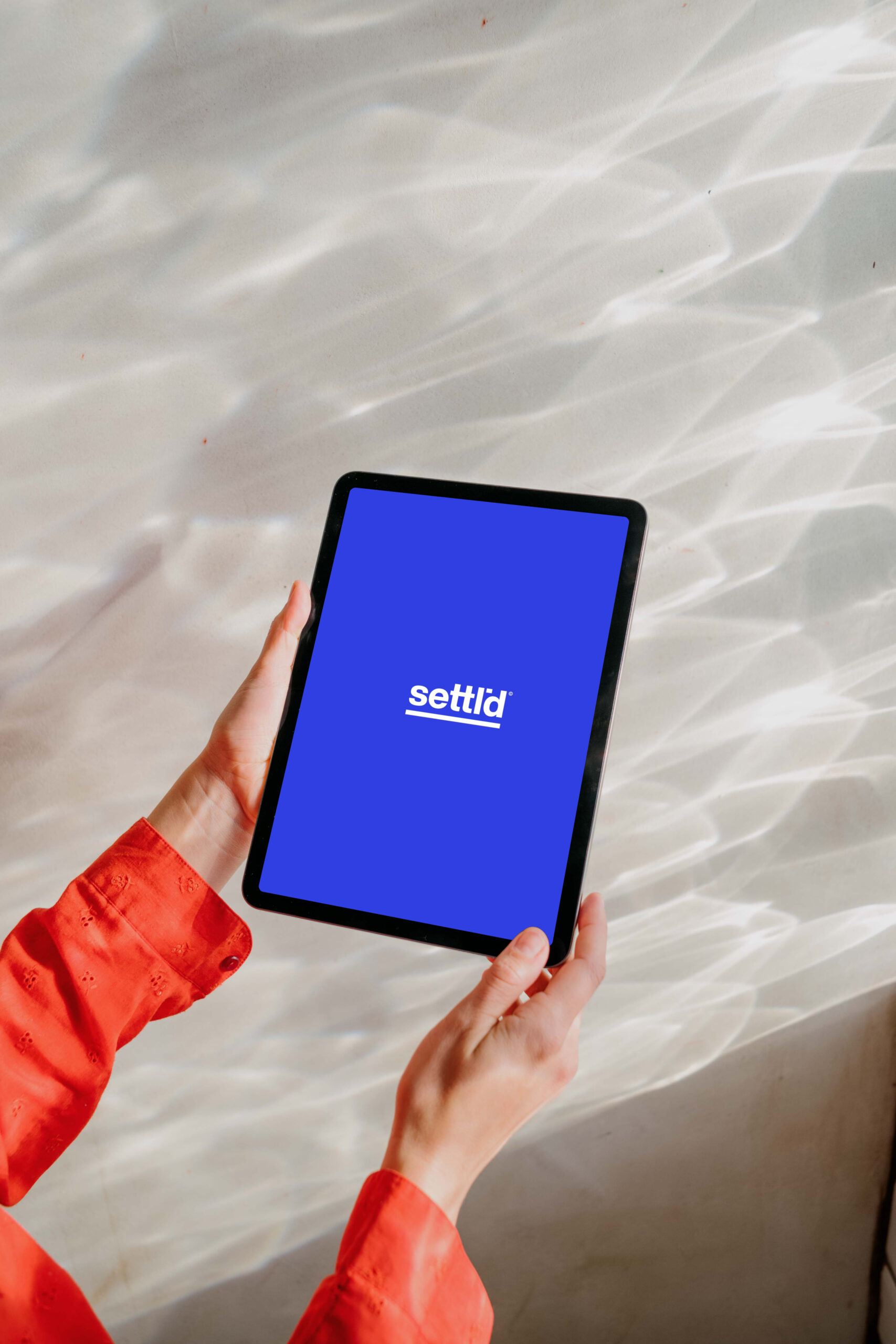University
Design Projects
Hello there! Welcome to the earliest segment of my career in design. The projects featured below document my journey into UX Design throughout my academic and professional development.
Publicis Sapient

This case study showcases Publicis Sapient's Consultation services imagined into an AI-powered application by innovative integration. Through this cutting-edge approach, clients are warmly welcomed by an initial AI consultant, seamlessly transitioning to a human agent from the organization for personalized assistance.















Settl'd

This case study, drawing inspiration from Settl'd, presents a smart contracts solution leveraging the power of blockchain technology. Its primary objective is to address the persistent challenge of sluggish contract processing encountered by the organization. This innovative solution, characterized by its emphasis on speed, autonomy, and automation, effectively streamlines the contract processing workflow, significantly reducing processing times.
















Steam

Hey there, this is the default text for a new paragraph. Feel free to edit this paragraph by clicking on the yellow edit icon. After you are done just click on the yellow checkmark button on the top right. Have Fun!
This project holds a significant place in my heart as it marks my inaugural venture during my university years, igniting my passion for UX design. Its focus centres around enhancing the organization and accessibility of video games within the PC gaming community on Steam. By devising an improved library system, this project aims to streamline the sorting process, providing a more seamless and user-friendly experience for gamers.
Summary
Lessons
Problems:
- Launching and purchasing a game does not meet the expectations of gamers in terms of speed and seamlessness
- The games library navigation experience often requires input from the gamer which sacrifices a seamless experience
Insights:
- Most gamers prefer a "hands-off" and "console-like" experience in navigating their games library and launching their game
- Most gamers value speed, ease-of-use and seamlessness in experiences to facilitate gaming
Solution:
- A redesign of the Steam game library, placing the strongest emphasis on visual hierarchy, making it the centrepiece of the user experience. This redesign prominently showcases the most recent and suggested games, ensuring a captivating and intuitive browsing experience.
- Introduction of a "Ready-To-Play while installing" feature, significantly reducing the launch time for downloaded video games. This addition allows users to jump into gameplay even before the installation process is complete.
- Upon opening, the library offers immediate access to a quick launch screen, displaying the most recent games upfront, eliminating the need for time-consuming searches. This enhancement greatly improves the speed and efficiency of the overall gaming experience.
- Implementation of minimalist design language, precisely catering to the information needs and expectations of gamers. This thoughtful approach ensures that crucial game-related information is presented in a visually clear and easily understandable manner, enhancing overall comprehension.
Below are some important lessons I learnt during this project and throughout my academic training that shaped my design process to this day.
Designer Bias: When researching, it is essential to consider the user and eliminate designer bias.
Case Study Example: Initially, I had used my own experience as a gamer to assume to the problem was with "sorting" video games in the library, however, after research, I learned that most gamers did not think the same.
Define Guidance: Users may not be able to fully communicate their experiences. As such, it is up to the designer to inject guided cues to facilitate communication.
Case Study Example: When asking users to communicate their experience with the library, they seemed to be experiencing "mind block", so I asked open-ended questions to point to specific aspects of their experience to "break through" the communication gap.
Iterative Design: Design is iterative. It is imperative that we constantly diverge and converge design so that we get closer to successful design or ideally, fail less and less.
Case Study Example: After iterating the first paper prototype, while I thought the design was "successful", after usability testing in a focus group, I learned that even that design, which I thought was phenomenal, had issues and that elements I identified as weak had opportunities to improve.










I invite you to explore the collection of certifications below that I have acquired during my academic journey in the field of UX Design.
Selected Works

Pantry ChefUX Design

Product TeardownsProduct Design

Arabiyyah Bot: AI Language Learning Assistant (Upcoming)Product Design

If Darth Vader had a UX Designer (Upcoming)Nerd Project

Project ChatAppProduct Design

University Design ProjectsUniverisity Design Projects
